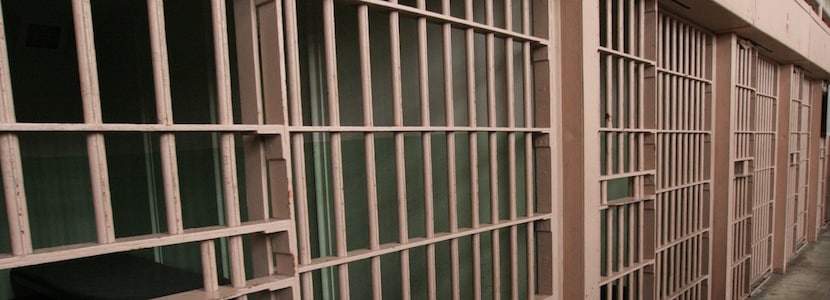
Article from Broadbent Institute. Posted by Catherine Latimer.
Making a prisoner spend four years isolated in a plexiglass cell under the constant glare of artificial light is a form of custody that shocks Canadian sensibilities. It is difficult to believe that such cruel treatment was imposed on Adam Capay in a Thunder Bay detention centre – but it was.
Call it solitary confinement or administrative segregation, every day hundreds of Canadians are subjected to such isolation, deprived of any meaningful human contact and locked in a tiny cell from 22 to 24 hours a day. This crushes the spirit and has been demonstrated to cause both psychological and psychiatric distress.
A study by the federal Correctional Investigator on suicides in prisons showed that almost half took place in such cells. The body of scientific evidence attesting to the damaging effects of this confinement reinforces the United Nation’s warning that anything more than 15 days of prison isolation can be a form of torture. In Canada, the Coroner’s Jury examining the tragic death of Ashley Smith in a segregation cell called for limits of 15 consecutive days for such confinement and no more than 60 days in a calendar year.
Nothing has yet been done to limit periods of administrative segregation.
While the public may already know that those sentenced to prison can find themselves subject to solitary confinement, Adam Capay’s case makes it clear that even those detained while awaiting trial can experience such cruelty. Organizations like The John Howard Society and others familiar with the criminal justice system have been calling for reforms to address the crisis relating to detention prior to trials. In our provincial prisons, more than half of those detained have not been convicted or sentenced and are still legally presumed innocent.
To impose the most arduous form of confinement on an innocent person shatters our belief in any semblance of a fair and humane criminal justice system. So too does the four year duration of pre-trial confinement and any belief in a system that delivers a trial within a reasonable time. Adam Capay’s case speaks, fundamentally, to endemic dysfunction in our justice system. It also reminds us of the troubling over-representation of Indigenous Canadians in our prisons.
Cases of indeterminate solitary confinement usually occur out of the public view and where access to legal services or prison visits can be difficult. Internal processes and monitoring are supposed to ensure that more senior administrators in the corrections department bureaucracy are aware of how long detention in such harsh conditions is occurring. But the Capay case shows that bureaucrats have become injuriously indifferent to the reality of prisoners’ suffering and the urgent need for action to address it.
Internal accountability and oversight are simply not effective. The rights and health of the prisoner can only be preserved by independent decision-making or oversight that assesses the grounds for the placement in solitary in the first place as well as the reasonableness of the continued placement.
The kind of indeterminate administrative segregation, or solitary confinement, that Canada practices is inhumane by both national and international standards. It has been criticized by the United Nations, coroners, human rights organizations, prison reform advocates, prisoners, and citizens for years. And yet, nothing has been done.
Adam Capay’s case has brought this abuse to light, and Canadians have responded with outrage and disgust. But will it result in any real change?
We have heard semantic arguments denying that solitary confinement occurs at all in federal prisons, but 23 hours a day isolated in a cell is solitary confinement by any reasonable definition. Instead of addressing the problem systemically, the government tries to appease the public with the promise of a study to see what can be done, or with evidence that the use of administrative segregation is on the decline, or by some form of relief to an individual complaint. Occasionally, a pilot project will be proposed to mollify a special population or interest group, but it usually fails to address the injustices of those most likely to be in Canada’s segregation cells.
In Adam Capay’s case, the government responded to complaints by the Ontario Human Rights Commissioner and others by moving him to another segregation cell, this time without the plexiglass walls, and with a light that could be turned off. But Mr. Capay is still in solitary confinement. The isolation so damaging to people continues and the clock keeps ticking, adding more days to the incredible 1,500 he has already spent in segregation.
Immediate legislative reforms are needed that clearly define what amounts to solitary confinement. Reforms are also needed to cap at 15 the maximum number of consecutive days people can spend in this detention, and to cap the total number of days of confinement each year. And finally, reforms must provide independent oversight and monitoring to ensure the legitimacy of the initial placement and the reasonableness of any continuing detention in segregation.
Only a legislated framework will ensure that everyone’s Charter rights are respected once the light cast by the Adam Capay case on this abusive practice dims.
Catherine Latimer is a Broadbent Fellow and is the executive director of the John Howard Society.
Photo: Jenn Vargas. Used under a Creative Commons license.
Back

Comments are closed here.